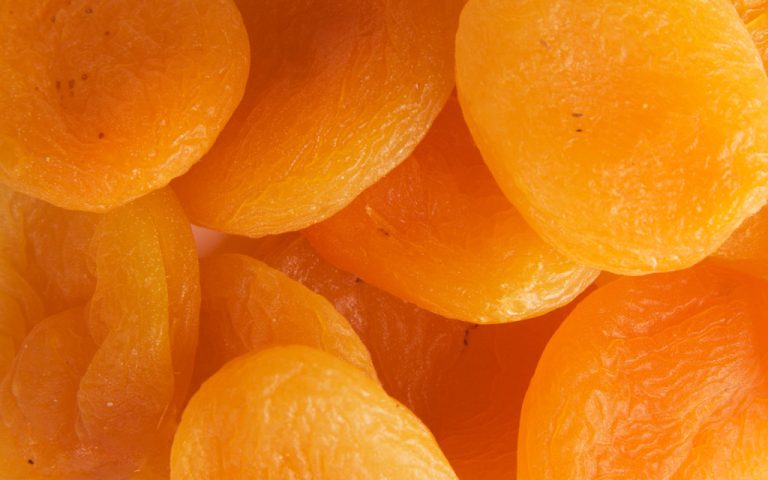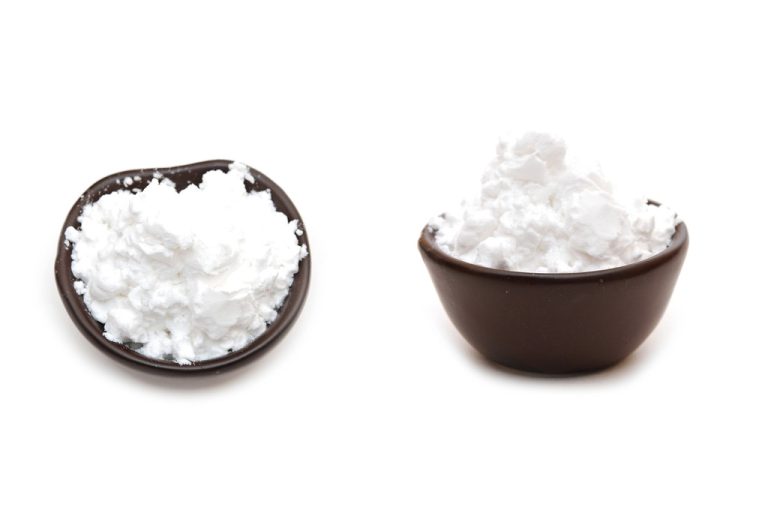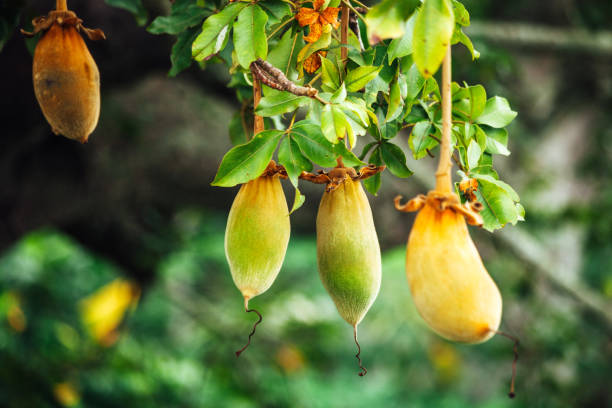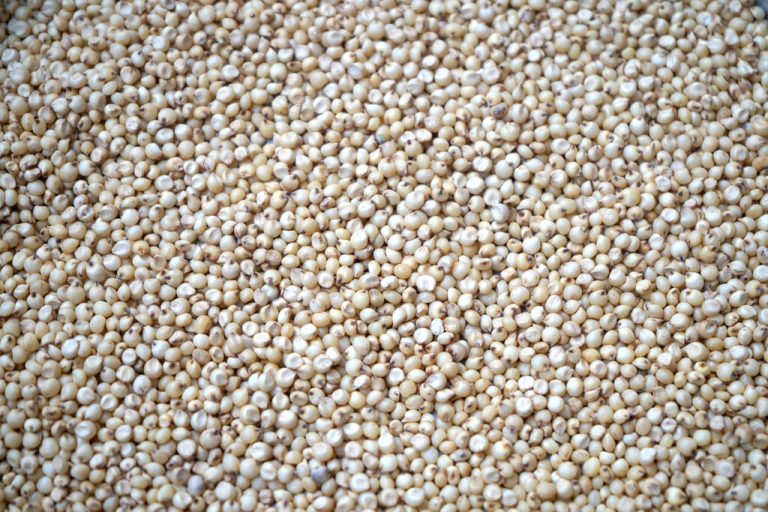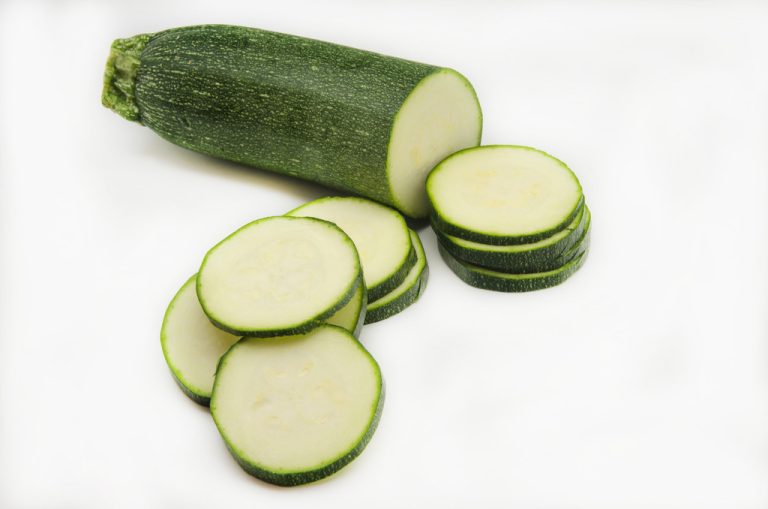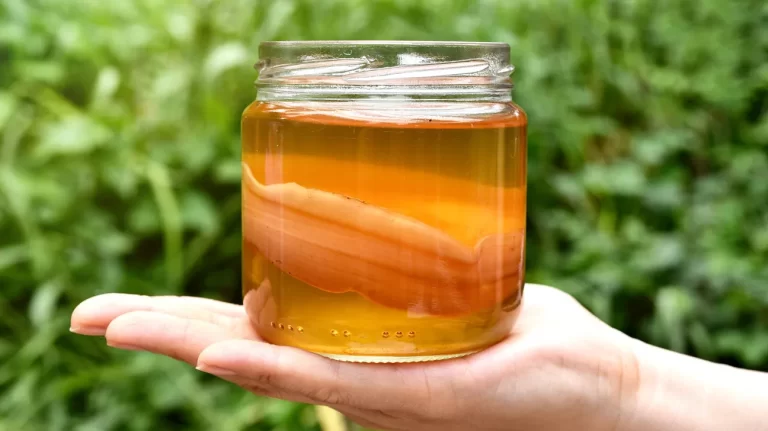All the advantages and dangers of liposuction at a glance. Almost everyone has them, the so-called problem areas. Liposuction, also known as liposuction, is the most common procedure in the field of cosmetic surgery. Liposuction is still ahead of the classics, such as breast changes or lifting.
Despite modern medicine, liposuction should not be taken lightly. If the lifestyle or diet is not changed, the fat will be deposited in other places. A comprehensive consultation with a specialist is essential.
The point of liposuction
Of course, this intervention primarily serves to change the optical appearance. In principle, however, liposuction does not replace a diet. Suction must be combined with a healthy and balanced diet. In most cases, the intervention is only an alternative if various attempts to lose weight show no effect.
If a person gains weight, every single fat cell in the body increases in size.

Liposuction reduces the number of cells in the affected area. The extent to which this occurs depends on the number of cells removed. Thus, a change in body shape can be achieved, which can ultimately contribute to human health. Since fat is a natural filler, it can be used anywhere to “pad” again. However, liposuction is only used on small areas of the body and is by no means a remedy for obesity. Common areas are the stomach, thighs, upper arms, or hips.
What are the benefits of liposuction?
Liposuction is a proven method for both women and men who suffer from a so-called fat distribution disorder. These are particularly persistent fat pads that cannot be removed either with sport or with a suitable diet. On the one hand, this changes the body image and counteracts obesity, which is harmful to health. Since the fat cells are removed during the suction, no new deposits of fat pads are possible at this point.
Since the so-called saddlebags are genetically determined, those affected usually have no real alternative. The suction provides a permanent remedy. Autologous fat can also be used for breast augmentation. Another advantage is the great psychological aspect. Many people who are unhappy with their bodies tend to isolate themselves and are more likely to develop depression.
Most patients undergoing such an operation feel much better and more self-confident afterward. In almost all patients, a successful intervention was accompanied by an enormous increase in satisfaction. Conversely, this also means an increase in joie de vivre. Self-esteem and self-confidence are encouraged and increased. As a result, people feel more attractive and become more open to others.
Drain the dangers of fat
Like any surgical procedure or cosmetic surgery, liposuction carries some risks and dangers. For example, general risks of an operation such as bleeding, swelling, or allergic reactions to the painkiller can occur. The frequency and nature of the complication or risk depending on the size of the operated area. of course, the surgeon also has a corresponding influence on the dangers. Basically, one can make a decision in aesthetic and surgical complications.
Aesthetic Complications

If the procedure is not carried out gently and evenly, there is a risk of dents, swelling, or sagging of certain skin areas. There must also be a minimal layer of fat between the skin and the muscle, otherwise, so-called adhesions can occur. Certain liposuction procedures can also cause skin burns. Temporary swellings are common after an operation, and these usually recede after six weeks at the latest. However, there is a risk of painful inflammation.
Surgical complications of liposuction
Of course, such an operation can also cause problems that are of a surgical nature. Especially in the case of interventions in the knee or leg area, errors can lead to thrombosis. An accidental injury to the nerves can also lead to so-called nerve irritation. This is called a feeling of numbness. In most cases, this is not permanent. Although rare, the procedure can lead to skin irritation and infection.
The formation of permanent scars is a little more common. Since certain fluids are administered or removed during the procedure, there is also an additional burden on the liver and heart. If fat gets into the lungs during the operation, this can lead to a life-threatening pulmonary embolism. Pulmonary edema due to the accumulation of fluid in the lungs cannot always be ruled out. An allergic reaction to the anesthetic may also occur. However, in most cases, the interventions go smoothly. Larger complications usually only occur with larger interventions. Additionally, be aware of the benefits and dangers of an eyelid lift.

